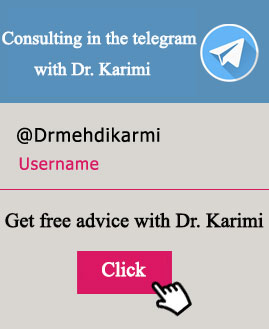How to prevent spider veins (spider veins) in men and women

The most obvious difference between varicose veins and spider veins is size. Varicose veins have a thick, often ropy appearance, usually appear from your waist down, most often in your legs. Spider veins are thin, more threadlike than ropy. Spider veins are closer to the surface of your skin than varicose veins, you can’t feel them.
Spider Veins
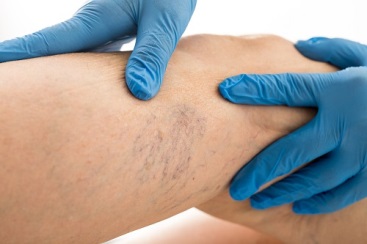
Spider veins are clusters of little blood vessels that grow very near the surface of the skin. They are most commonly found in the face and legs. You can identify them by their red, blue, or purple hue, and their twisted, twirling formation. Because they develop so close to the skin’s surface, they are easy to see through the skin.
Causes Spider Veins
Venous insufficiencies are what lead to spider veins. This means that the vein valves are operating in an erroneous fashion, causing the area to swell and the skin to change. Blood begins to back up in the system, therefore causing the veins to bulge, leading to spider veins. Aside from venous insufficiency, spider veins can also be caused by the following circumstances:
- A shift in hormones, such as that caused by puberty, pregnancy, or menopause
- Sun exposure
- Injuries in the affected area
Spider Veins Symptoms
Spider vein symptoms are usually cosmetic in nature. Yet, when spider veins turn problematic, the affected area can develop the following uncomfortable symptoms:
- Swelling
- Throbbing
- Aching
- Burning
- Itching
- Heaviness
- Tingling
- Cramping
Varicose Veins
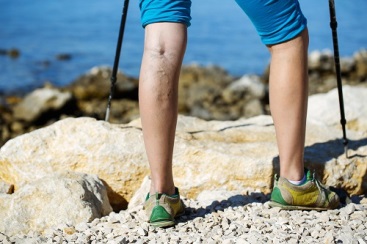
30 to 60 percent of adults experience varicose veins. This is a sizable portion of the adult population. When compared to spider veins, varicose veins are much larger in size. They are similar in that they both occur in the blood vessels due to blood back up, but varicose veins are much more swollen. Varicose veins are identified by bulging, contorted blood vessels, as opposed to the tiny blood vessels that make up spider veins.
What Causes Varicose Veins?
Some individuals are predisposed to varicose veins due to genes. They are found in women more often than men, and are more likely to develop as one ages. However, the following list of factors increase your chances of developing varicose veins:
- Professions that consist of constant standing, such as chefs, nurses, hair stylists, and teachers
- Obesity
- Hormonal fluctuations found in pregnancy, puberty, menopause and the use of birth control
- Postmenopausal hormonal replacement
- Predisposition to blood clots
- Excessive pressure in the abdomen area, which can result from tumors, constipation, and extremely tight clothing or work gear
- Trauma to the skin
- Vein surgery
- Ultraviolet ray exposure
Varicose Veins Symptoms
Although varicose veins can formulate in any set of veins in the body, they tend to occur most commonly in the legs.
The following leg symptoms are frequently described by patients:
- Aching and cramping
- Lethargicness
- Restlessness
- Burning
- Throbbing
- Tingling
- Heaviness
- Swelling
- Ulcers
- Darkening of the skin
Women in the midst of a pregnancy or menstrual cycle may find that these symptoms are intensified. In worst case scenarios, varicose veins can lead to thrombophlebitis – a severely painful blood clot that increases the inflammation of the vein.
the main difference between spider veins and varicose veins
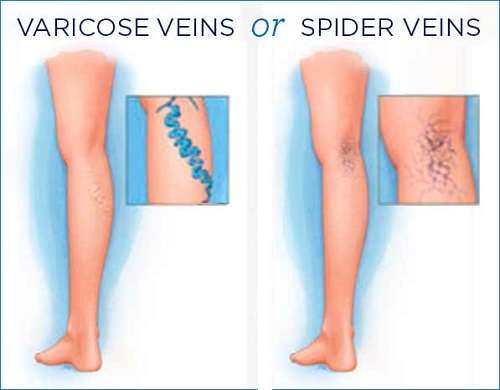
While the causes of varicose veins and spider veins may be similar, there are distinct differences between the two. With varicose veins, the valves inside the vein are diseased and are unable to sufficiently pump blood back to the heart, allowing reflux and backflow. Varicose veins can cause pain, numbness and fatigue in the legs. While spider veins are small, discolored veins that resemble tiny spider legs sprawling across the skin. They are generally not painful and can be treated cosmetically.
Practice Habits that Prevent Spider Veins
Avoid sitting or standing for long periods
If your job requires you to be on your feet all day, break up the time you stand still by walking around the office or taking a walk at lunch.
Aid circulation with your body positioning
Since spider veins are caused by poor blood flow and circulation, it's important to avoid positions that impede circulation and use positions that aid it. Avoid crossing your legs when you sit at home or work. Crossing your legs for long periods interrupts the blood flow from your heart to your legs, which can cause vein walls to weaken and spider veins to appear. Elevate your feet using a footstool when you're sitting down. Raise your feet to 6 to 12 inches (15-30 cm) above the level of your heart, which will improve circulation and help regulate the blood flow in your veins. It also reduces swelling in your ankles and calves, which will reduce the risk of spider veins.
Opt for low heels
Avoid wearing high-heeled shoes, especially if your job requires you to sit or stand for long periods. High heels put extra pressure on your legs and can restrict the flow of blood from your heart to your legs, causing the limited circulation that can cause spider veins to appear.
Wear compression hose
Wear low-grade compression hose, available at most drug stores or health stores, to prevent spider veins. Compression hose stimulate your blood vessels and improve circulation, making your legs less swollen and achy and preventing the poor circulation that often causes spider veins.
Use sunscreen
It's important to use sunscreen to protect the fragile skin on your face, but sunscreen can also help prevent spider veins from appearing on your legs, calves and ankles as you get older. Make sure you protect yourself from the sun every time you spend more than a few minutes outside.
Change Your Diet and Exercise Routine to Prevent Spider Veins
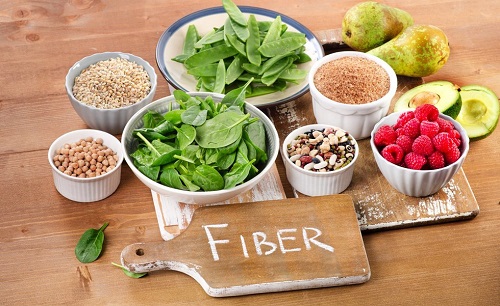
Maintain a healthy body weight
An important part of keeping your legs and feet healthy and preventing spider veins is maintaining a healthy body weight. Follow a balanced diet and work with your doctor to reach a goal weight that is appropriate for your height and body type. This will reduce excess stress on your feet and blood vessels.
Eat less salt and more fiber
Salt causes your body to retain water and swell, which can put pressure on veins. Fiber prevents constipation, another form of pressure that can lead to the appearance of spider veins. Avoid processed foods like snacks and prepackaged meals, since these are often loaded with sodium. Eat plenty of fresh fruits, vegetables, whole grains and lean meats. Avoid using salt when you cook at home.
Exercise regularly
Getting daily exercise improves your circulation even when you aren't moving, and it helps keep your body weight healthy. Focus on exercises that keep your feet and legs moving to prevent the appearance of spider veins. Develop an exercise regimen that involves cycling, running or jogging. If that's too high-impact, take daily walks or light swims. Weight training is good for circulation, too. Start incorporating weights into your exercise routine.
- Sclerotherapy is used commonly for spider veins and smaller varicose veins. It involves injecting a small volume of liquid into the diseased vein. The sclerosing liquid acts upon the lining of the vein to cause it to seal shut, eliminating the vein completely.
- Ambulatory Phlebectomy is a minimally invasive procedure in which a large surface of varicose vein is removed through a series of miniature incisions that need no stitches. Compared to traditional vein stripping, this technique has virtually no scarring or side effects. It is performed in the office. A local anesthetic is used and patients have very little “down time” following the procedure.
- Endovenous laser treatment (EVLT) Vascular Laser Therapy) is a minimally-invasive procedure that can be performed in the office in less than one hour. In this procedure, a thin laser fiber is inserted into the diseased vein. The physician delivers laser energy through the fiber, causing the vein to close. The loss of the diseased vein is not a problem for the circulatory system, since blood simply flows through other healthy veins after the procedure.




